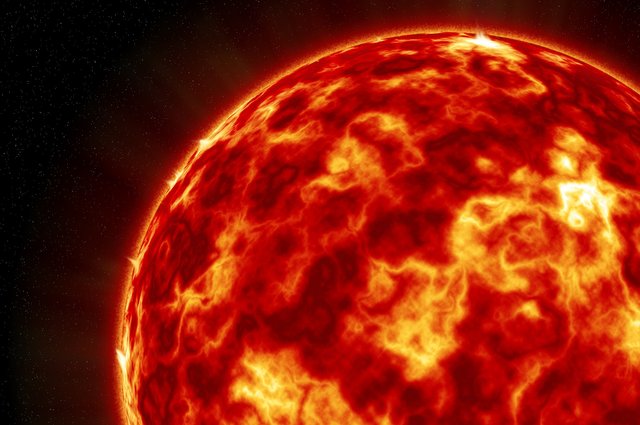Are Red Dwarves’ Planets Habitable?
Red dwarves obviously often fire-off intensive stellar eruptions. These definitely hit planets in their Goldilocks zones. The question is: Does this make these planets inhabitable?

- Be also sure to check out my other posts and follow me @kralizec and subscribe to my Youtube channel at Kralizec Gaming Youtube Channel
No other stars fascinate us other than red dwarves. The universe is full of them and we do know they also come with interesting planets that can be found in their habitable zones. If these planets are habitable then we would be surrounded by promising worlds that – with just a bit of optimism – are waiting for our first colonists.
At first glance, this seems like a simple question. Red dwarves are smaller, colder, and less bright than the Sun. Who wouldn’t like to live near such a star? The problem is that red dwarves are pretending. They tend to be surprisingly aggressive. They often fire up wild eruptions that can be much harsher than the ones we see here on Earth. And at the same time, the habitable zones of red dwarves are much closer to the star.
Many experts think this is fatal to any potential life on planets near red dwarf stars. The sun is calm, at least when compared to most other stars. Large eruptions and coronal mass ejections which we observe coming from red dwarves should most likely wreck the ozone layers of nearby planets and leave them naked to be destroyed by cosmic rays. If that’s true that there are much less potentially habitable worlds in the Universe than we hoped.
But nothing is certain. The habitability of planets in red dwarf systems change quite often like in a Shakespearean drama. Howard Chen from Northwestern University and his colleagues recently came to question the idea that the eruption of red dwarves disqualifies their planets from hosting life.
They used the knowledge we have about nearby class M red dwarves such as Proxima Centauri or TRAPPIST-1 and modeled the effects of their eruptions on the chemical make-up of the planets’ atmospheres. The results are very interesting. Even after being affected by the eruptions, the atmospheres could be favorable to living organisms. Through, they would be most likely toxic to Earthly organisms.
Sources:
- If you like the content I’m producing about science maybe you will like the content I produce about gaming as well! Be sure to check out my other posts!
To the question in your title, my Magic 8-Ball says:
Hi! I'm a bot, and this answer was posted automatically. Check this post out for more information.